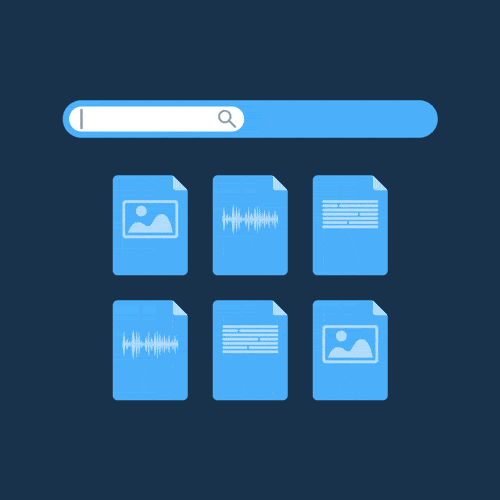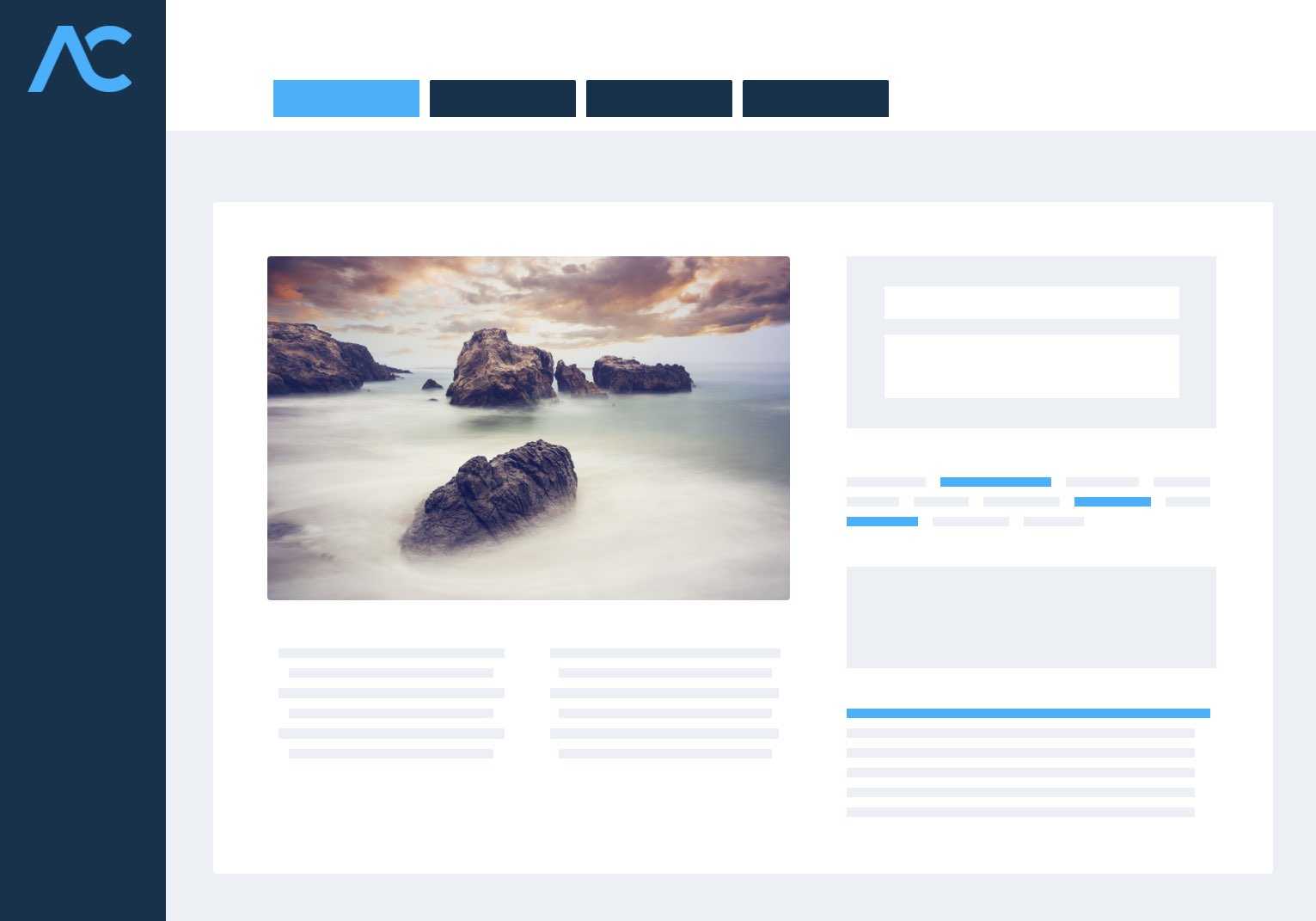Tagging – Organize Assets Effectively
Tags can help you to effectively organize your company’s storage and archiving processes and to clearly label your assets. This way, you avoid both additional search and research efforts and multiple purchases as well as recreating image material. As a form of metadata, tags or keywords are used for specific searches as well as to categorize and classify digital media. Tags are terms that clearly and concisely describe the content of an image or video.

Tagging in a DAM system
Digital asset management (DAM) makes it easier to manage and retrieve assets swiftly using tags. In a DAM system, keywords can be entered manually or automatically recognized and mapped when digital media is uploaded.
Asset tagging needs to be extensive and as specific as possible to fully utilize what DAM has to offer. Tagging guidelines help in assigning keywords. These also determine spelling and grammatical structures. The five ‘W’ question words serve as a guideline for the content: who, what, where, when and why.
Tagging – AdmiralCloud gets you the result you need
AdmiralCloud’s digital asset management (DAM) applies state-of-the-art tech to make tagging as sustainable and user-friendly as possible:
- A clear user makes it easy to strategically create, manage and read tags.
- Automatic tagging, or smart tagging, is particularly convenient, instantly placing uploaded media in a wider context. Using artificial intelligence (AI), a variety of objects can be identified and mapped with similar motifs.
- What’s more, AdmiralCloud can map out taxonomies, meaning tags can be structured hierarchically. This way, hypernyms are automatically tagged.
- A speech-to-text feature makes it possible to add tags from voice and video files as well.
- For multilingual use, AdmiralCloud is linked to a glossary and offers the respective tags in both German and English.
- Individual data maintenance: AdmiralCloud’s image editing service supports your business in creating keywords using a tailor-made tagging guideline.

